#arth332
Photo
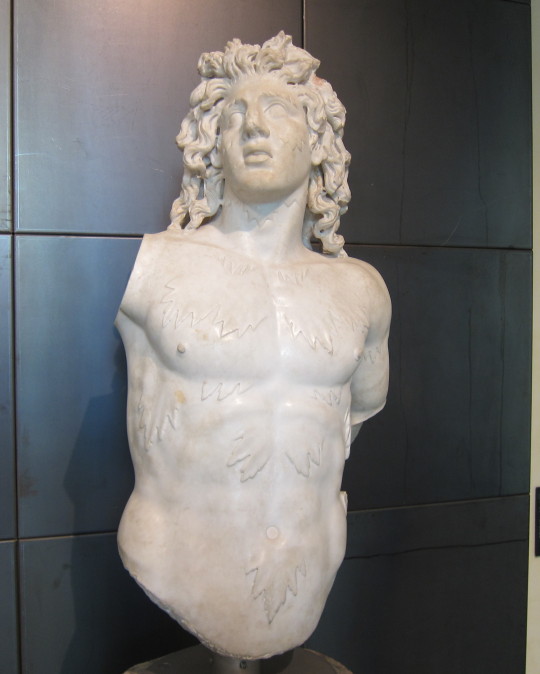
Triton, from a statue group centering on a portrait of Commodus as Hercules. 190 CE. Musei Capitolini.
I’ve always wondered about the scattering of what look like maple leafs on the torso of the two tritons (there’s a corresponding one on the other side of Commodus), but evidently it was a standard iconography for “triton.” Click and see - tagged/triton
51 notes
·
View notes
Photo



The MACELLUM, Pompeii - plan, an iffy 1899 reconstruction (the columns look too skinny for my taste) and in relation to the Forum - upper right corner, greyed out. The Macellum was a market - some think a produce market, some think more wholesale than retail.
#Macellum#Macellum of Pompeii#Pompeii#Roman architecture#roman urban planning#roman city planning#arth332
21 notes
·
View notes
Photo
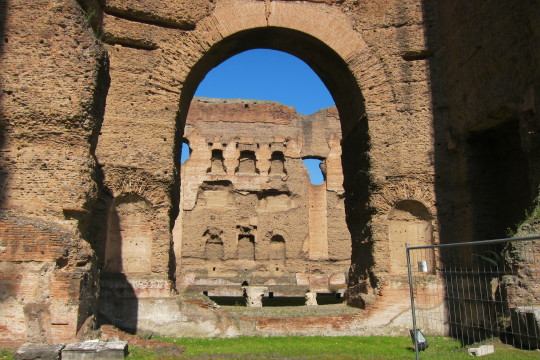
A niched wall at the Baths of Caracalla, Rome. This sort of wall treatment of alternating arched and square-top niches is common after 200 - each niche would have held a statue.
26 notes
·
View notes
Photo
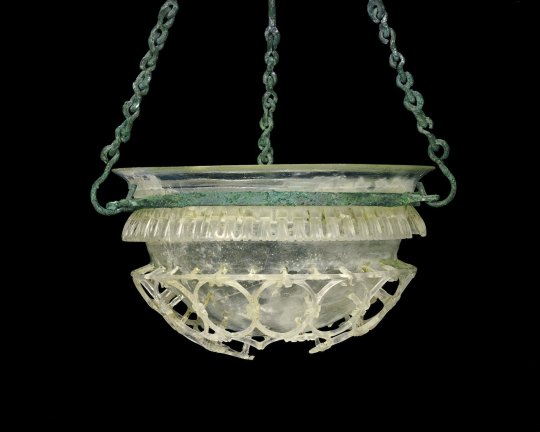
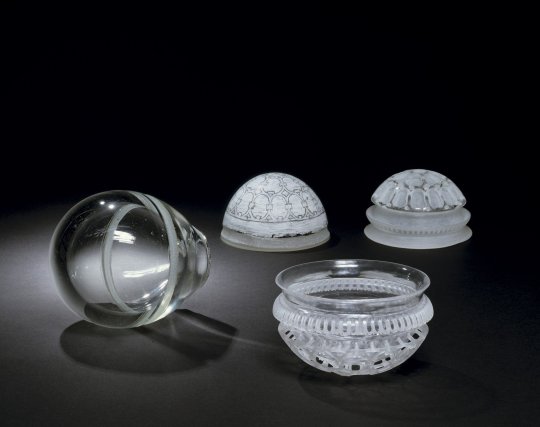
Above: Roman Cage Cup, Corning Museum of Glass 87.1.1
Overall Diam (max): 12.2 cm; Cup H: 7.4 cm; Metal Collar H: 0.5, Diam: 11 cm, Th: 0.1 cm; Hook and Loop: 17 cm; Looped Elements: 18.8 cm
probably 300–399
Purchased with funds from the Arthur Rubloff Residuary Trust
Below: Cage cup replica in process, Corning Museum of Glass 89.2.22. Artist: George D. Scott.
30 notes
·
View notes
Photo
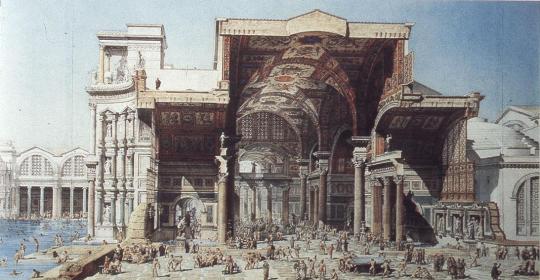
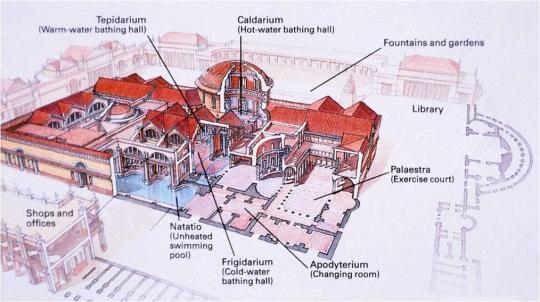
The Baths of Caracalla - reconstructions
#Baths of Caracalla#Caracalla#Thermae#Roman Baths#Rome#Roma#arth332#Roman color#color reconstructions
15 notes
·
View notes
Photo

Copper coin of Elagabalus, 218-222
Obverse: Radiate bust of Elagabalus, wearing paludamentum and cuirass
Reverse: Three Graces
Minted in Gadara
1985,0812.1
16 notes
·
View notes
Photo
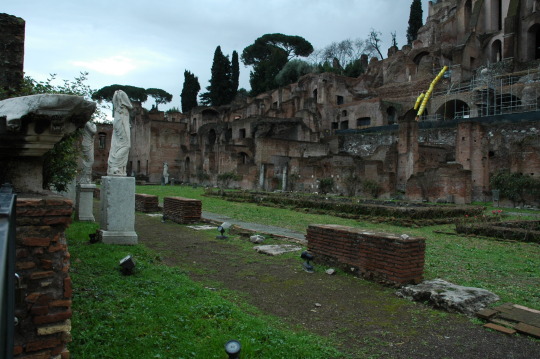
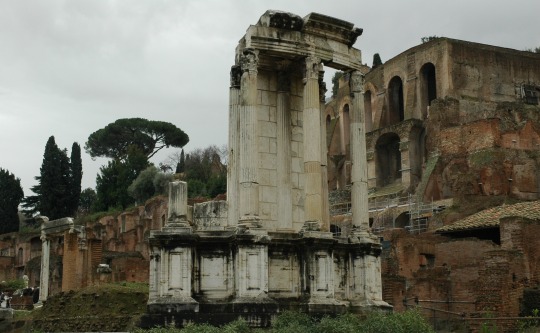
Rome, House of the Vestals and Temple of Vesta (reconstructed).
6 notes
·
View notes
Photo

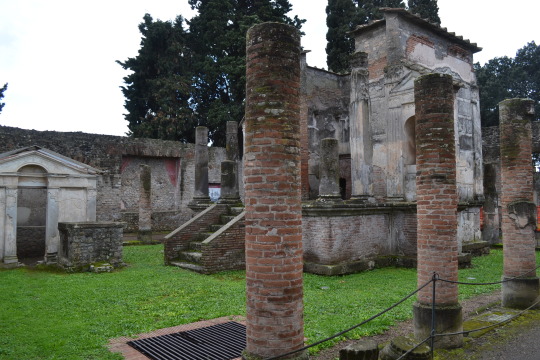

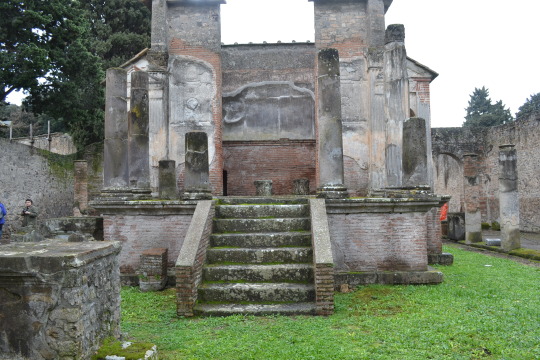
Temple of Isis, Pompeii, 1st C AD.
I’m reading Jörg Rüpke, Pantheon: A New History of Roman Religion, 2018. Really excellent.
12 notes
·
View notes
Photo


Augustus of Primaporta, after 20 BC. I’m not sure whose color reconstruction this is.
#Augustus#Augustus of Primaporta#Musei Vaticani#Villa of Livia#arth332#lorica musculata#roman color#color reconstructions#ancient color
7 notes
·
View notes
Photo
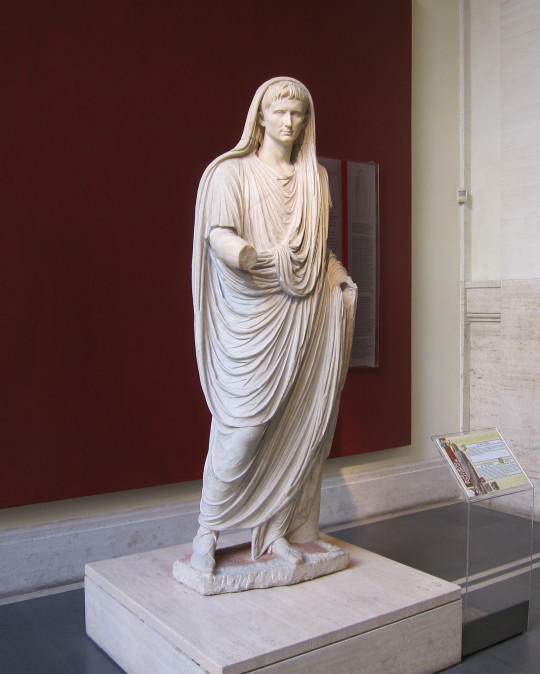
Augustus of the Via Labicana - prepared to sacrifice. Priests flipped the toga up over their heads for sacrifice. Palazzo Massimo, Rome.
6 notes
·
View notes
Photo

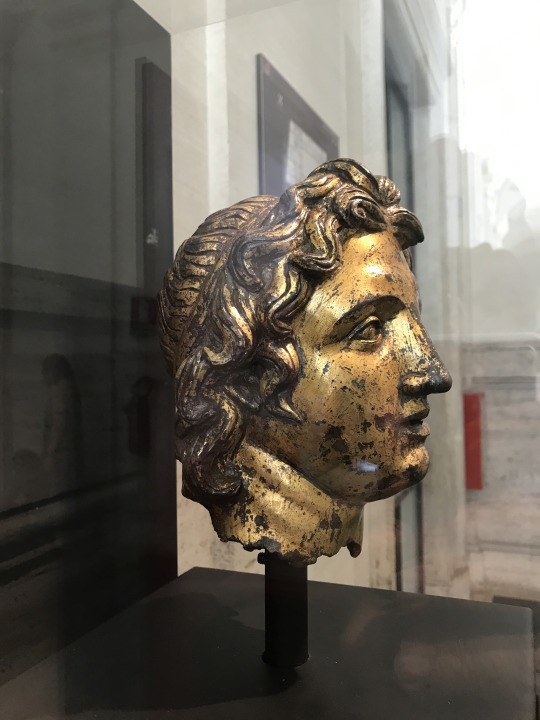
Gilded bronze head of Alexander the Great - from a statuette. Museo Nazionale Romano Palazzo Massimo al Terme, inv. 661. From the Museo Kircheriano. The Palazzo Massimo thinks 2nd C. AD
7 notes
·
View notes
Photo


Here’s a case of cinerary urns and boxes at the Met. I rather like the cinerary urn in the form of a wicker basket! The label dates it to the Augustan era, and suggests urns like this were particularly popular for female cremains. They think it represents a weaving basket - woman’s work. Augustus was especially happy to have his wife, Livia, and daughter, Julia, weaving to show what a traditional household his was.
37.129a,b (I guess b is the lid)
1 note
·
View note
Photo

into the Velabro
#mine#Velabro#San Giorgio in Velabro#Arch of Janus#quadrifons arch#4th Century Architecture#Late Antiquity#Rome#Roma#Midterm#Forum Boarium#hwsromespring2018#quadrifons#arth332
63 notes
·
View notes
Photo

Bearded Bacchus/Dionysus, labeled as a copy of a “workshop of Praxiteles” original. M.C. inv. 3035, Luni marble. Museo Centrale Montemartini - I always love the weird juxtaposition of electricity generating equipment and ancient art.
14 notes
·
View notes
Photo
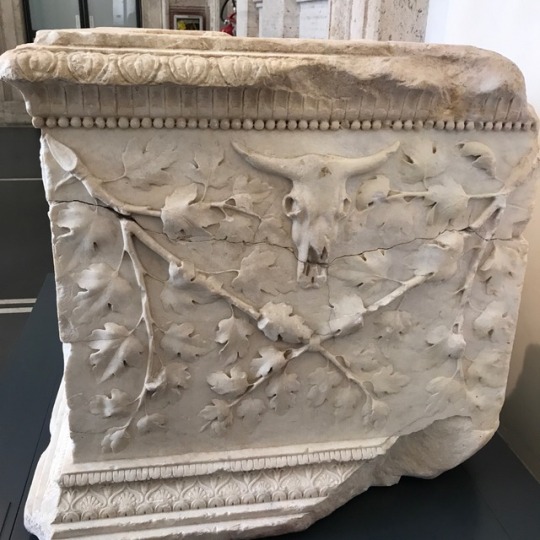

A beautiful base - possibly a plinth for a statue - Augustan period. The Museum thinks perhaps a statue of Hercules, given the find site along the Tiber near Castel SantAngelo.
209 notes
·
View notes
Photo
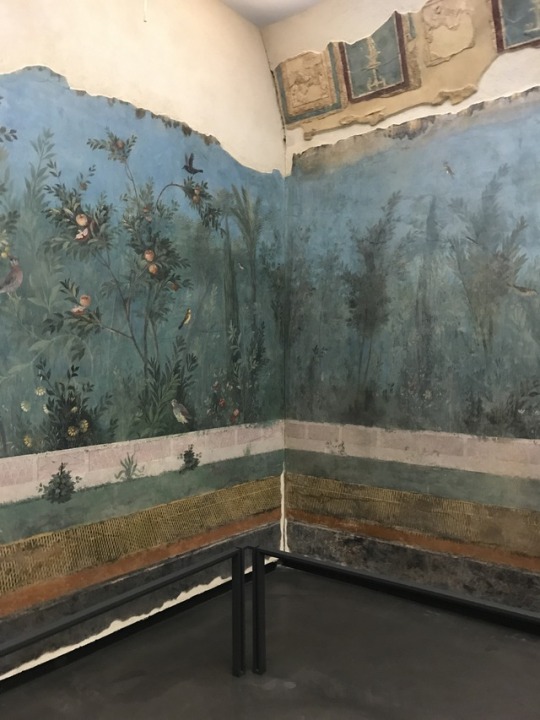

Empress Livia’s Garden Room from the villa at Primaporta - now at the Museo Palazzo Massimo.
I sometimes think this is my favorite painting in the world - certainly it’s my favorite Roman wall painting.
#Livia#Augustus#Rome#Roma#Museo Nazionale Romano - Palazzo Massimo.#Palazzo Massimo#mine#fresco#Roman Art#Roman Painting#arth332#cryptoporticus
19 notes
·
View notes